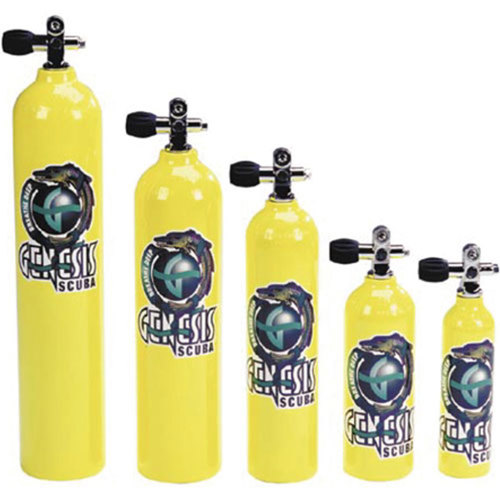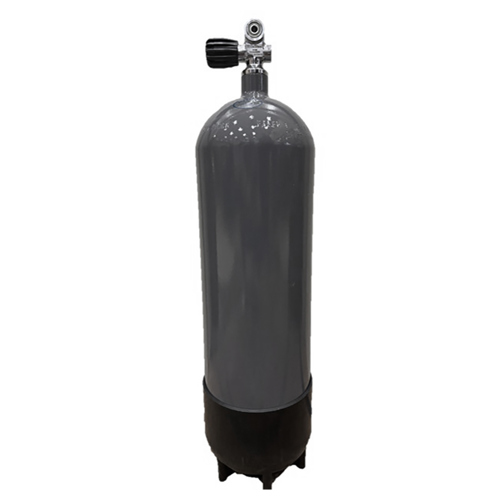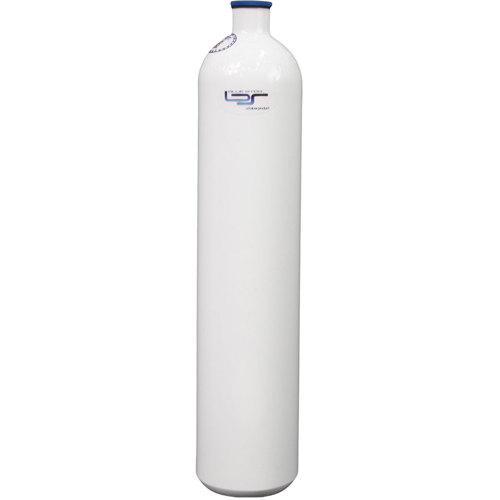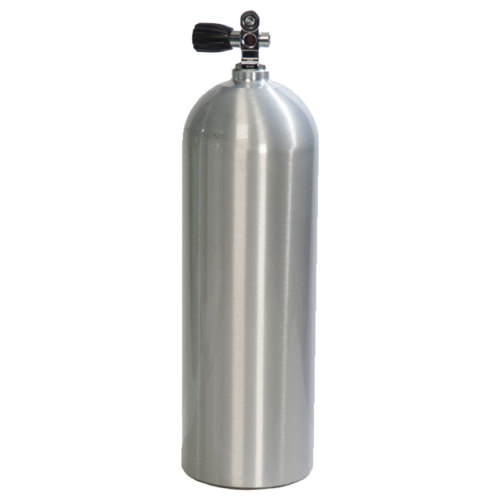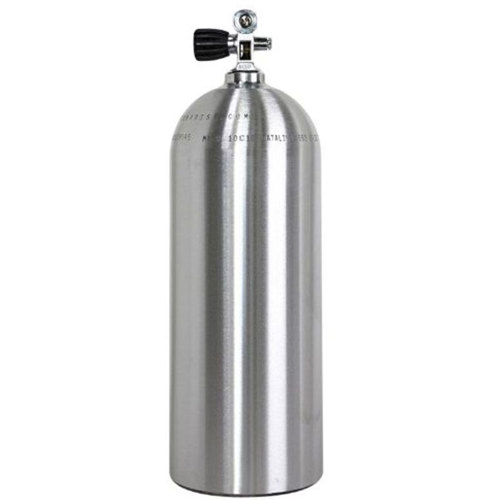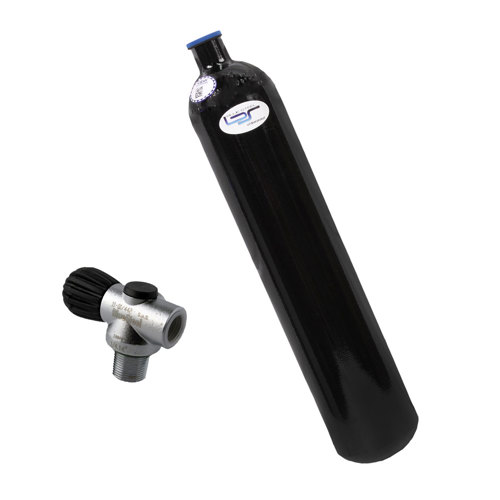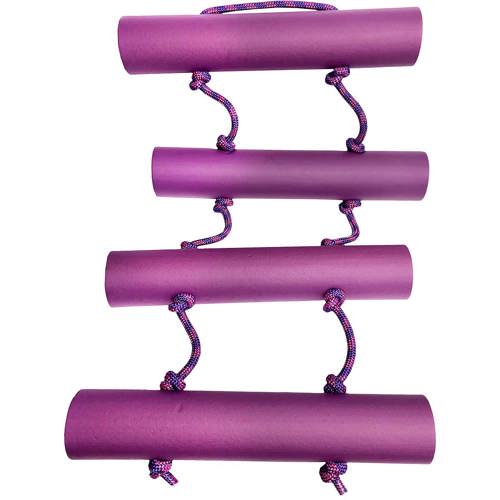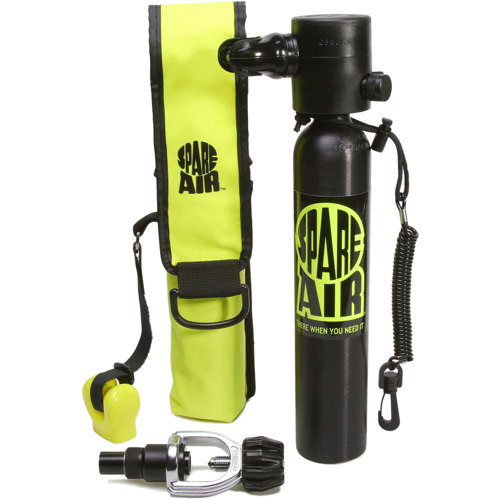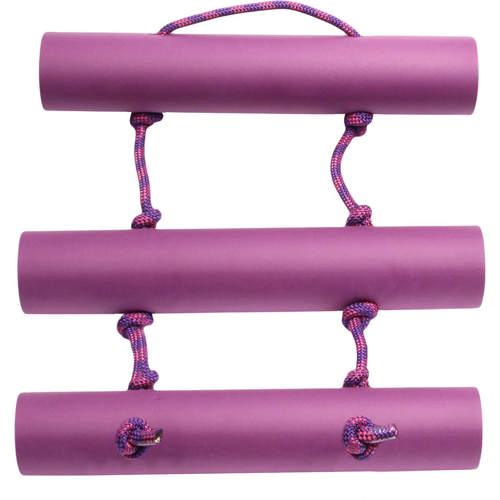Scuba Reserve Tanks
When you’re preparing for a dive, few pieces of equipment offer as much peace of mind as a reliable reserve tank. Reserve tanks, often referred to as pony bottles or backup cylinders, are designed to provide an extra layer of safety beneath the waves. They’re not just for technical divers or professionals—anyone who values redundancy and preparedness can benefit from carrying a reserve air source. Picture yourself gliding through the kelp forests or exploring a sunken wreck in the warm July waters, knowing you have a backup supply of air should your primary tank run low or encounter a malfunction. This confidence doesn’t just make your dive safer; it allows you to fully immerse in the experience, focusing on the vibrant marine life and the serenity of the underwater world.
Choosing the right reserve tank involves weighing several factors, from your typical dive environment to your personal comfort and air consumption rate. Many divers opt for compact, lightweight cylinders that can be easily clipped to a BCD, ensuring they don’t add unnecessary bulk or drag. The volume of the reserve tank is a critical consideration: a smaller cylinder may be sufficient for shallow, recreational dives, while deeper or more technical excursions call for a larger capacity. It’s also important to consider the valve type and regulator compatibility, ensuring seamless integration with your existing setup. For those who frequently dive in remote locations or colder waters, a reserve tank can serve as a vital lifeline, offering precious extra minutes to manage an out-of-air emergency or safely ascend with a safety stop. Even if you’re an experienced diver with hundreds of dives logged, unexpected situations can arise—having a reserve tank is a proactive measure that reflects a commitment to responsible diving.
Reserve tanks also make thoughtful gifts for passionate divers, especially during the summer months when dive trips and underwater adventures are at their peak. They’re ideal for dive buddies, family members who are newly certified, or anyone who’s gearing up for travel to renowned dive destinations. Gifting a reserve tank is more than just providing a piece of equipment; it’s an expression of care, encouraging safe practices and empowering memorable explorations. As you browse our curated selection, consider how a reserve tank can complement other essential gear, such as integrated weight systems or advanced dive computers. For those interested in expanding their setup further, exploring options like
Scuba Double Tanks can open up new possibilities for extended bottom times and more ambitious dive profiles. Ultimately, whether you’re planning a leisurely reef dive or a challenging technical descent, a reserve tank is a versatile addition that enhances both safety and enjoyment every time you enter the water.
Top Picks For Scuba Reserve Tanks



